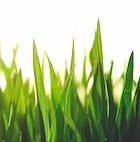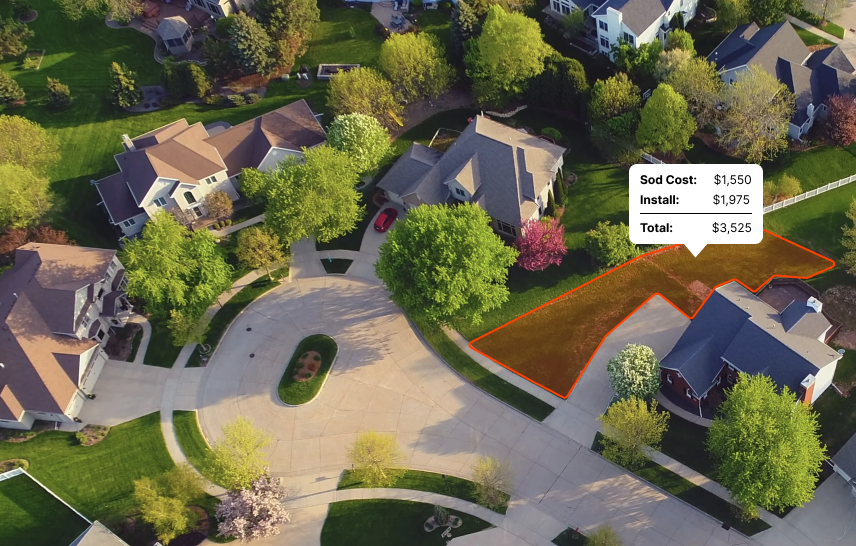However, by selecting grasses that are well-suited to the Intermountain West zone and laying them during the optimal times of year, it is possible to create a lush and beautiful lawn.”
Introduction
Utah has a semi-arid to arid climate with hot summers and cold winters. This type of climate can make it challenging to grow grass, as it requires a lot of water to thrive.
The best time to lay grass in Utah is during the spring or fall when temperatures are mild and there is more moisture in the soil. Utah falls under the grass zone known as the Intermountain West.
This zone is characterized by high elevations, low humidity, and extreme temperature fluctuations. These factors can make it difficult to grow grass, as the soil can dry out quickly and temperatures can swing from hot to cold rapidly.
However, there are certain grasses that are well-suited for this zone, such as those that are drought-tolerant and can handle temperature fluctuations. Overall, growing grass in Utah can be a challenge due to the semi-arid to arid climate and extreme temperature fluctuations.
What are the best sod types for UT?
In the world of landscaping, not all grasses are created equal. Each thrives in a specific climate zone: cool, warm, or transition.
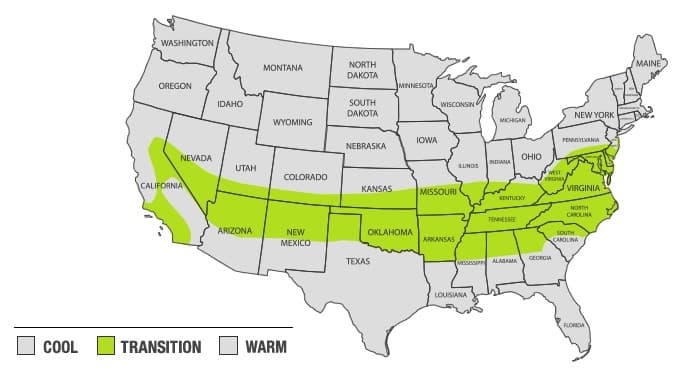
Utah, with its transition zone climate, prefers a particular set of grasses that relish the a wide range of temperatures. The following sods are the easiest to grow and maintain in Utah:
While it's possible to grow grasses meant for other regions with proper care, attention and timing, these are the most common grasses in Utah for residential lawns.
Level Up Your Lawn Skills
Once per week we'll send you an interview from someone who has mastered the art of lawn care.
Recommended species for shade
What's the ticket to lush, verdant yards in those shady Utah spots? Cue drumroll, folks — the right sod! Utah's diverse climate adds to the challenge, but we're not here to back down, are we?
You got shade, we got solutions! Fine Fescue, Kentucky Bluegrass, and Tall Fescue are our stars today. These babies can handle less sunlight and still show off their green swagger.
Starting with Fine Fescue, this grass type is your Zen master. The ultimate 'cool-under-pressure' kind of grass, it can thrive even with just 4 hours of sunlight a day. It's slow-growing, yet hearty, needing far less mowing and more opportunities to step back and admire your green space.
Now let's talk about the King of Cool-Season grasses — the Kentucky Bluegrass. Rocking a deep emerald or blue-tinted colour, this grass is no drama queen. As long as it gets 6 hours of sunlight and regular watering, it maintains its royal composure. Bonus? It has good tolerance against traffic and minor diseases.
Last but not least, we've got Tall Fescue. This grass is like the bad boy of the lot, presenting a kind of defiant resilience to heat, drought, and wear. It manages with just 4-6 hours of sunlight and boasts a deep root system for better water efficiency.
Now, all this isn't us saying sunlight isn't important. Of course, it is. Photosynthesis isn't going to perform its magic without sun, after all. These grass types are simply going to keep your lawn from looking like a 5 o'clock shadow when sunlight is scarce.
So, pick your contestant and let the Utah shade challenge begin! Sod it right, and your grass will be the talk of the house - er - yard.
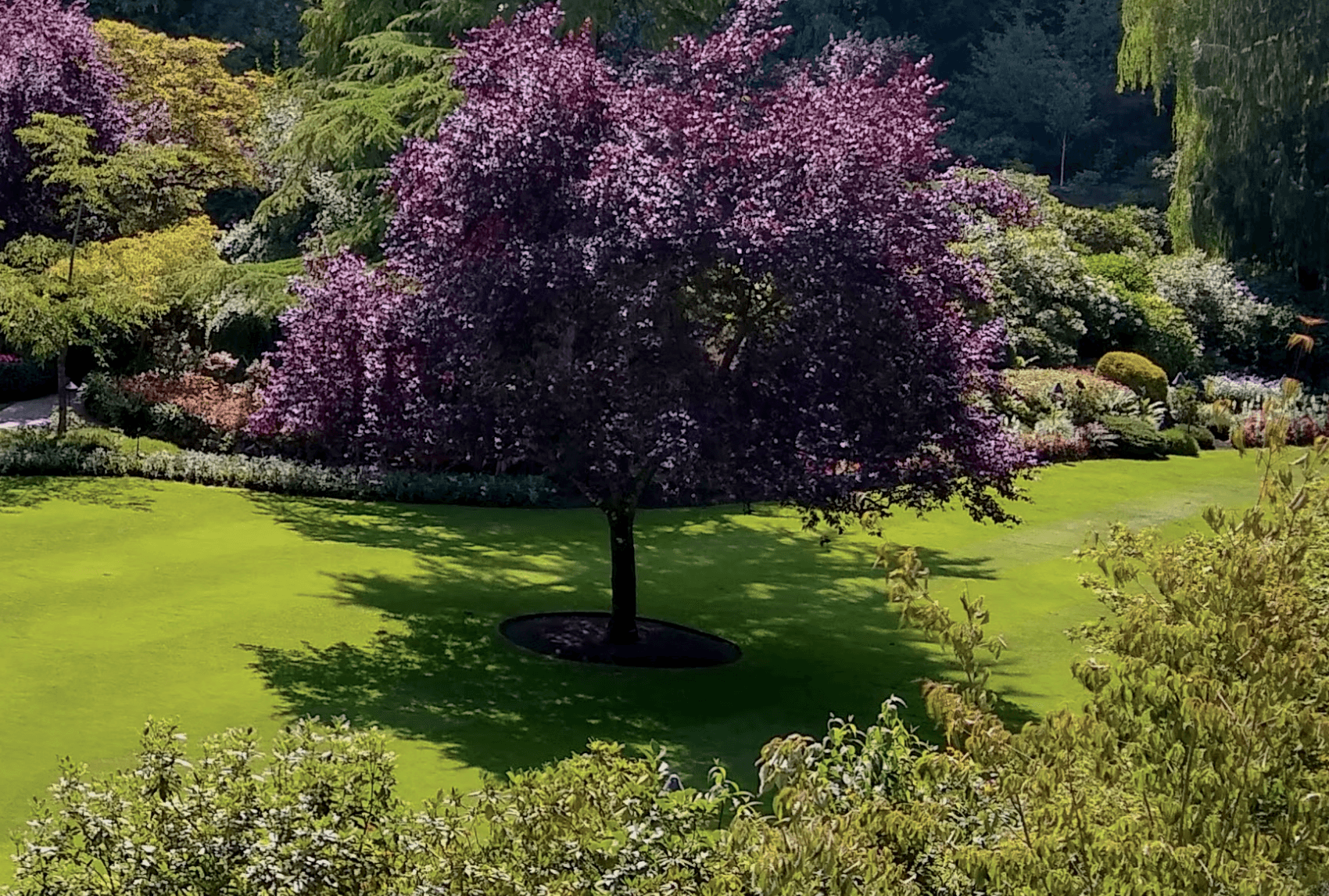
Recommended for full sun or partial sun
Choosing the right sod for your lawn depends heavily on the sunlight exposure in your yard. Different grass types have varying light requirements for optimal growth and appearance. Assessing whether your lawn receives full or partial sun is essential in selecting sod that will flourish and stay healthy in your specific environment.
Below are some sod options recommended for either full sun or partial sun conditions in UT:
| Grass Type | Sun | Good to Know |
|---|---|---|
| Tall Fescue | Partial | Tall Fescue is adaptable to a range of conditions, including partial sun, and is known for its deep root system and tolerance to drought. |
| Kentucky Bluegrass | Full | Kentucky Bluegrass prefers full sun and is prized for its fine texture, rich color, and ability to recover quickly from damage. |
| Perennial Ryegrass | Full | Perennial Ryegrass thrives in full sun and is known for its rapid germination, fine texture, and bright green color. |
| Fine Fescue | Partial | Fine Fescue is well-suited for partial sun and is appreciated for its fine texture, shade tolerance, and low maintenance requirements. |
What varieties stay green year-round?
As with anything agriculture related, there is some nuance to this question. There are many grasses that can stay green year round in but it depends heavily on your location within Utah as well as any microclimates that may exist.
The following grasses have the ability to stay green year round in Utah:
| Grass Type | Caveats |
|---|---|
| Tall Fescue | It typically stays green throughout the year in milder climates, given that it isn't overly stressed by heat or drought in the summer. |
| Kentucky Bluegrass | It can retain its green color for much of the year when well-maintained, though harsh winter temperatures can push it towards dormancy and a browner hue. |
| Perennial Ryegrass | It can stay vibrant and green throughout the year in many climates, unless conditions are extremely cold or dry. |
| Fine Fescue | It keeps its green color throughout the year in ideal conditions. If the winters are particularly harsh, it may lose some color. |
What is the best time to lay sod in Utah?
For transition zones, consider the type of sod. For warm season grasses, aim for late spring. This gives them a full summer to establish before winter. For cool season grasses, fall is best, allowing roots to develop in mild temperatures. Whichever you pick, avoid extremes of summer and winter. So, late spring for warm grasses, fall for cool ones, and skip the severe seasons.
As you can see in the image below, you'll notice the most shoot growth (the grass above ground) and root growth in the spring and fall for cool season grases and during the summer for warm season grasses:
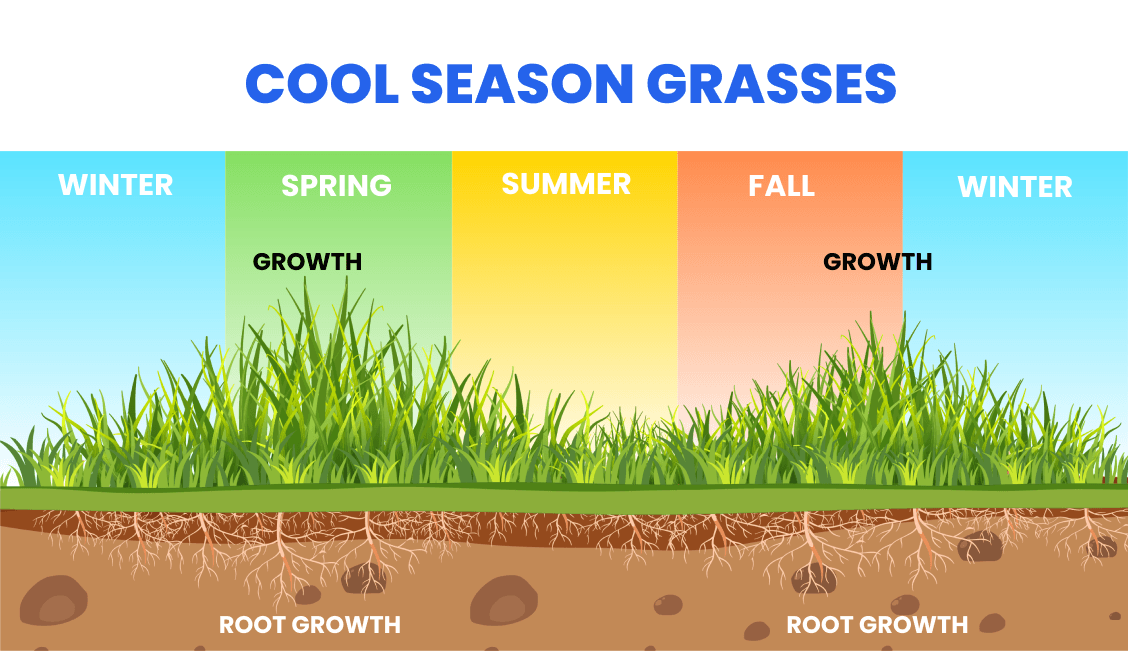
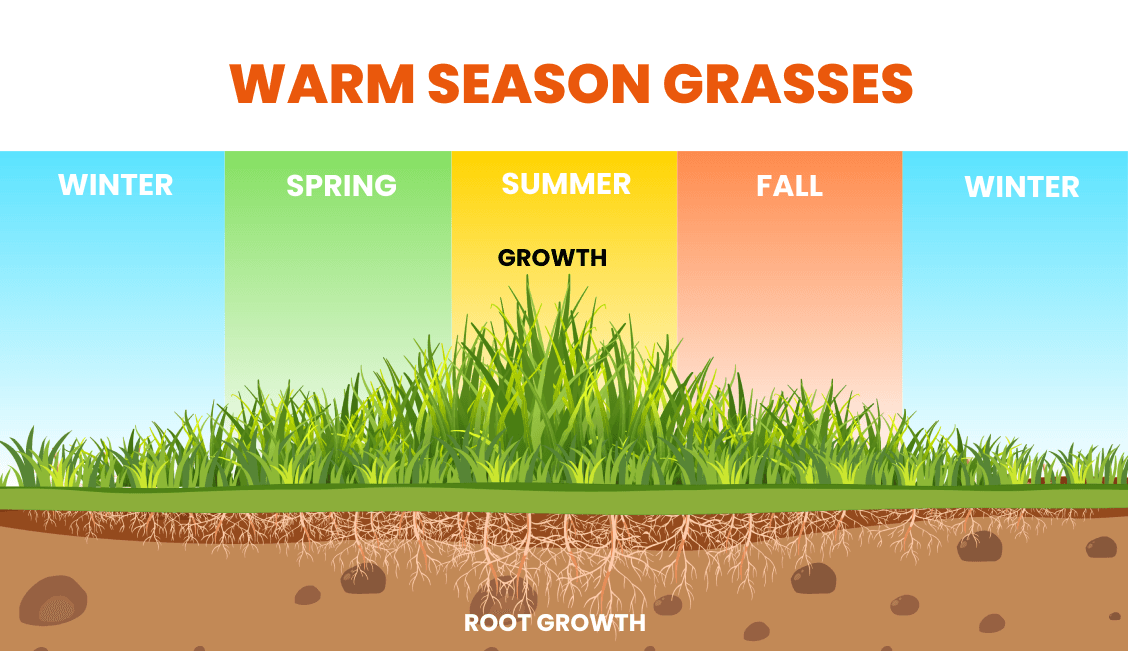
Find reputable companies for installing sod in UT
Here are the top problems you'll face when trying to get sod installed by a landscaping company:
- They're not transparent about pricing. You'll often get a quote that's way higher than you'd expect.
- They're hard to get ahold of on the phone or you'll reach out online but won't hear back.
- It's hard to pin them down for a specific date. Because you can only bring sod from the farm when there's decent weather, this causes some delays at times. It also has a short shelf life, so it's important to get it installed within a day or two of delivery.
We've done all the work for you. Click below to get a quote from one of the top installers in Utah.
